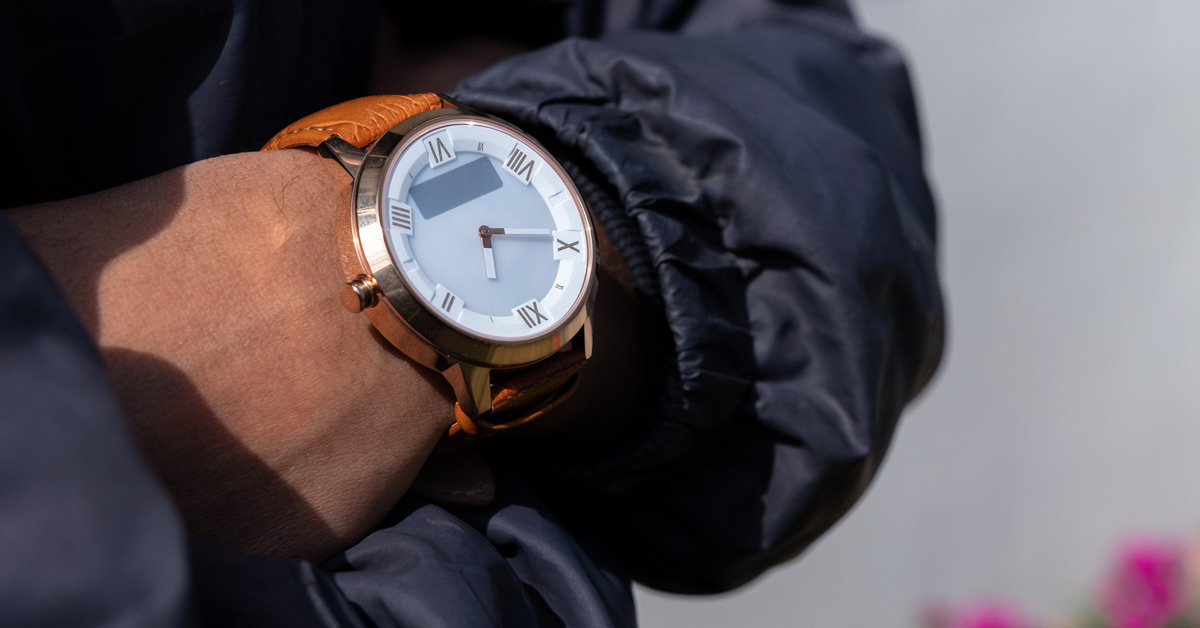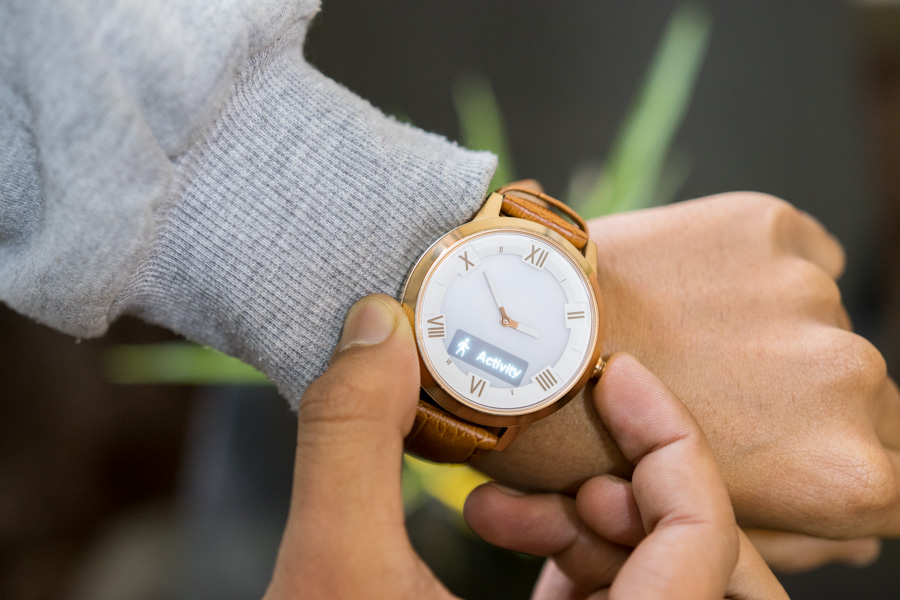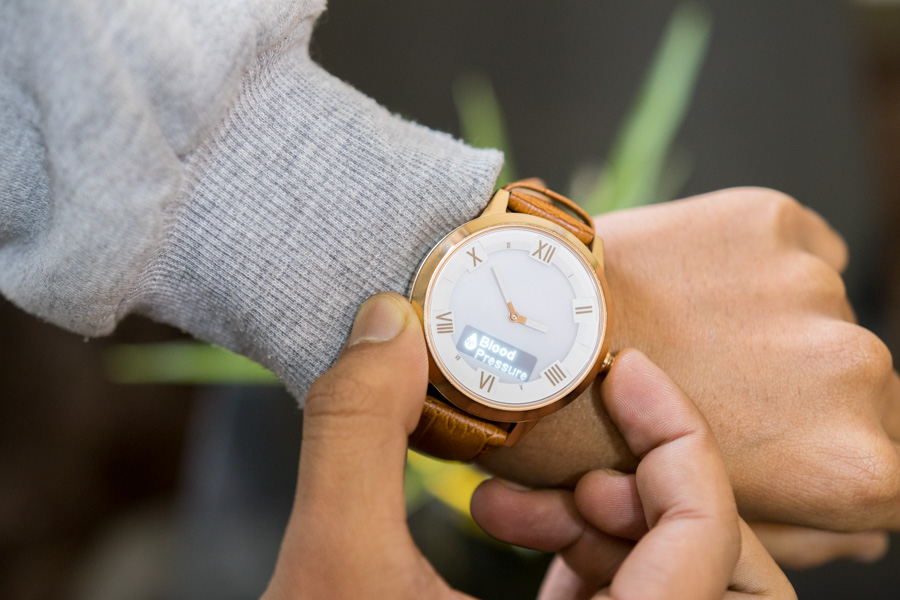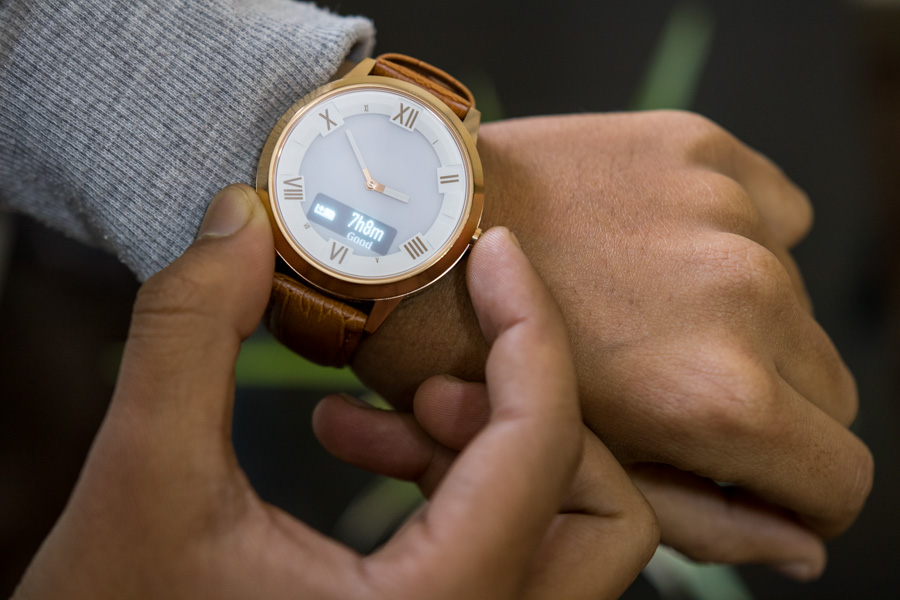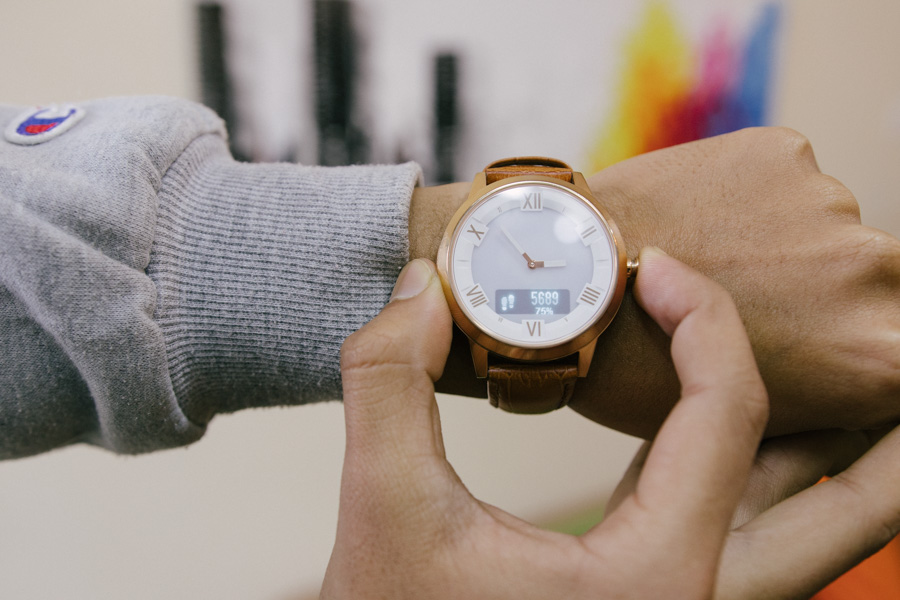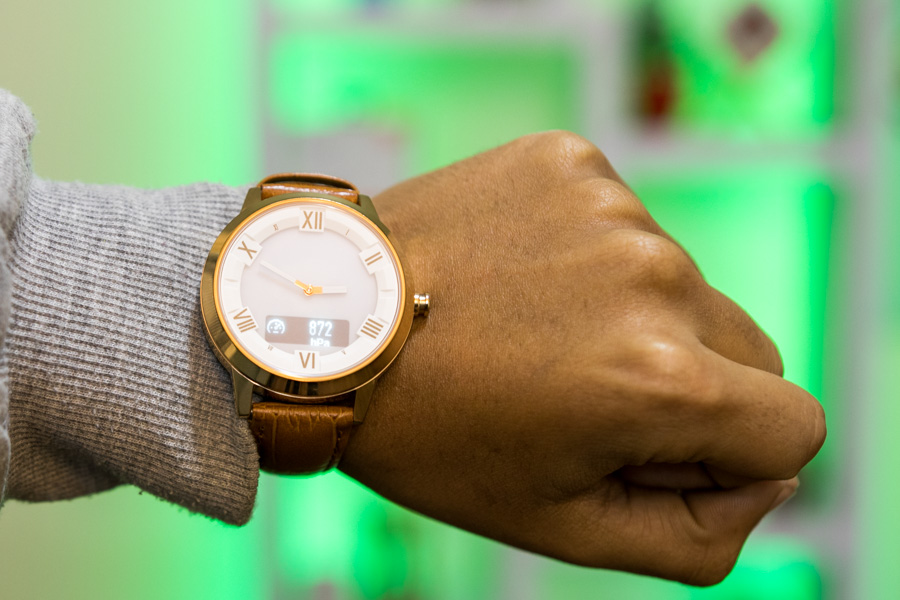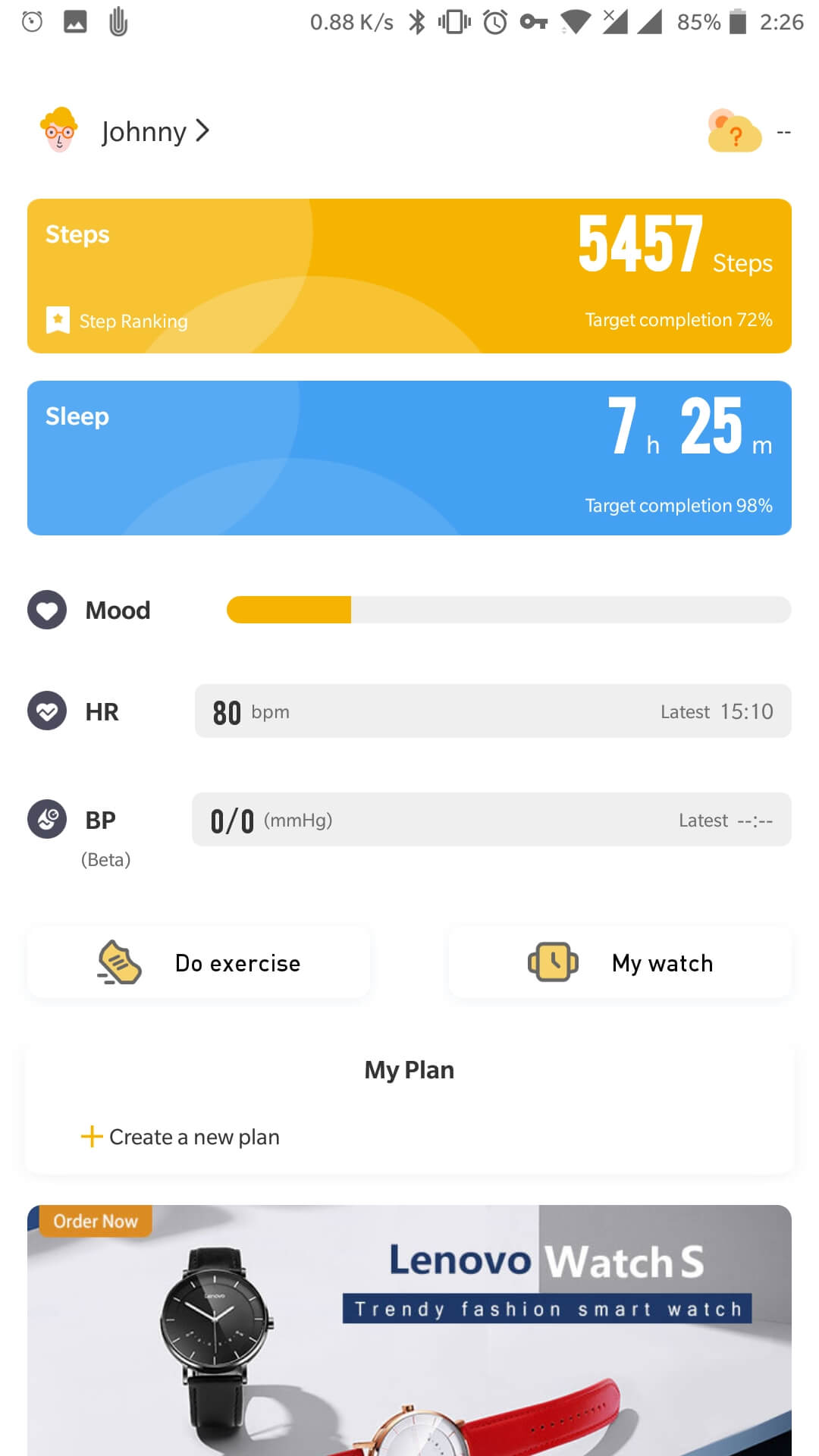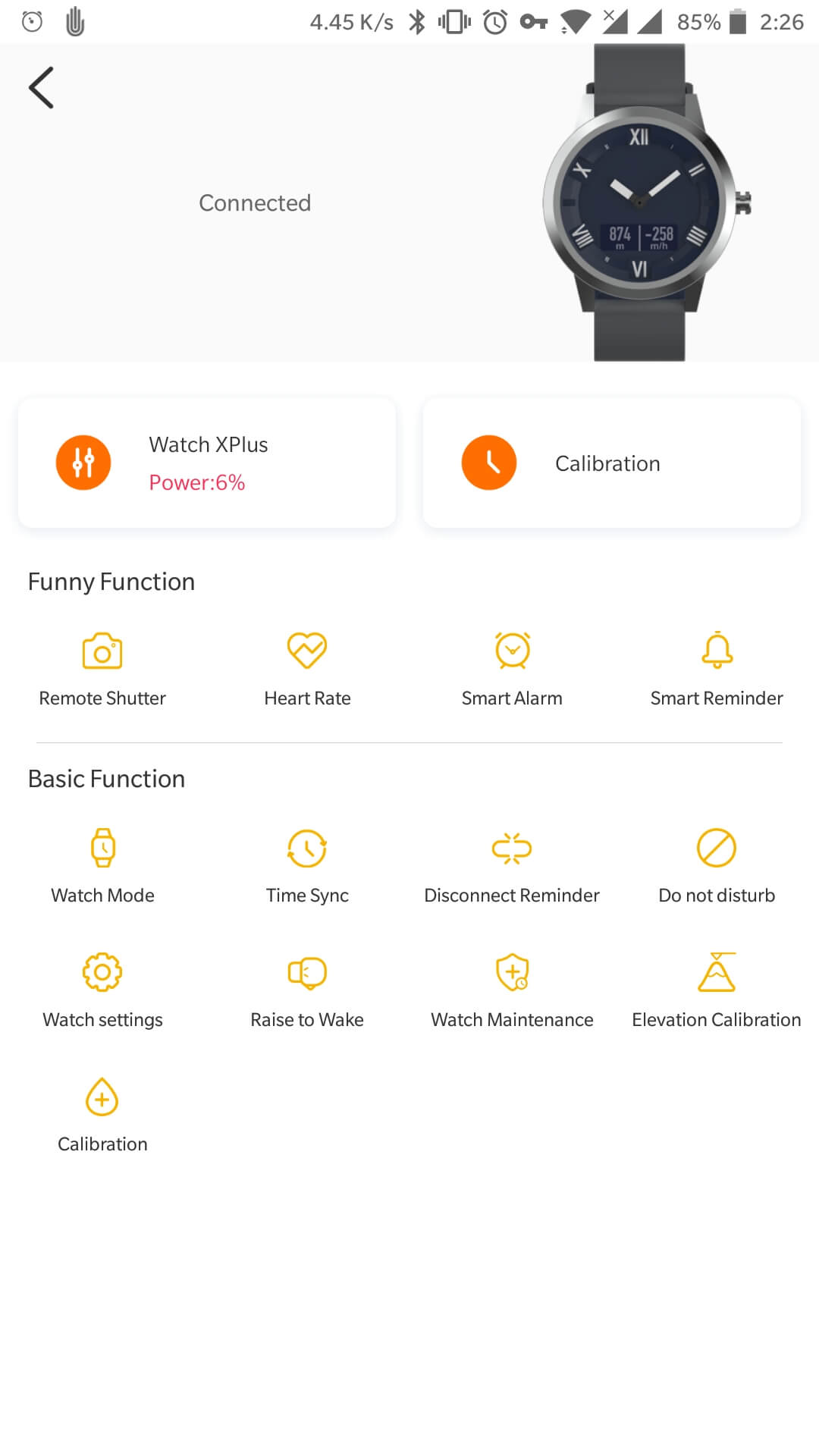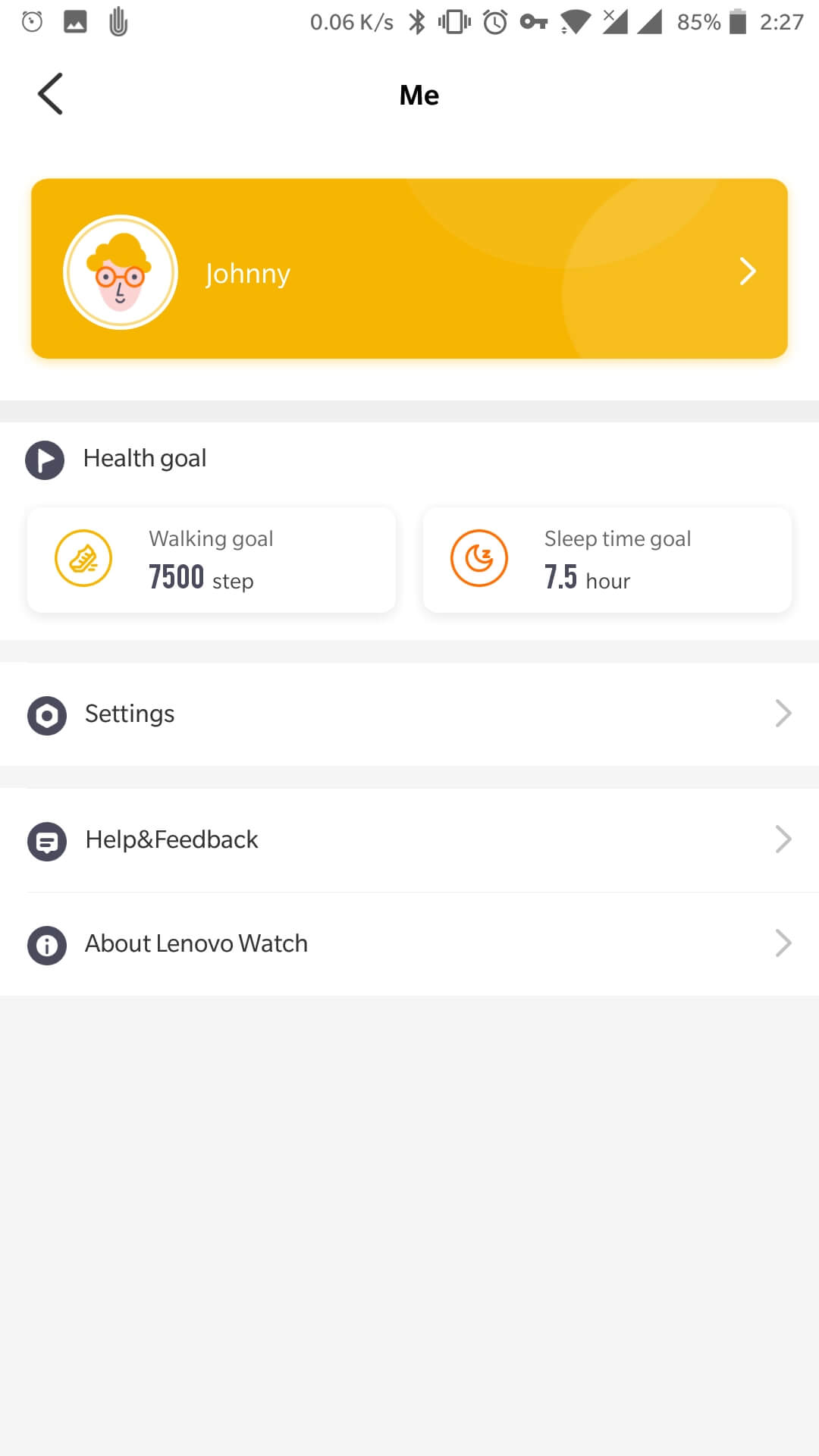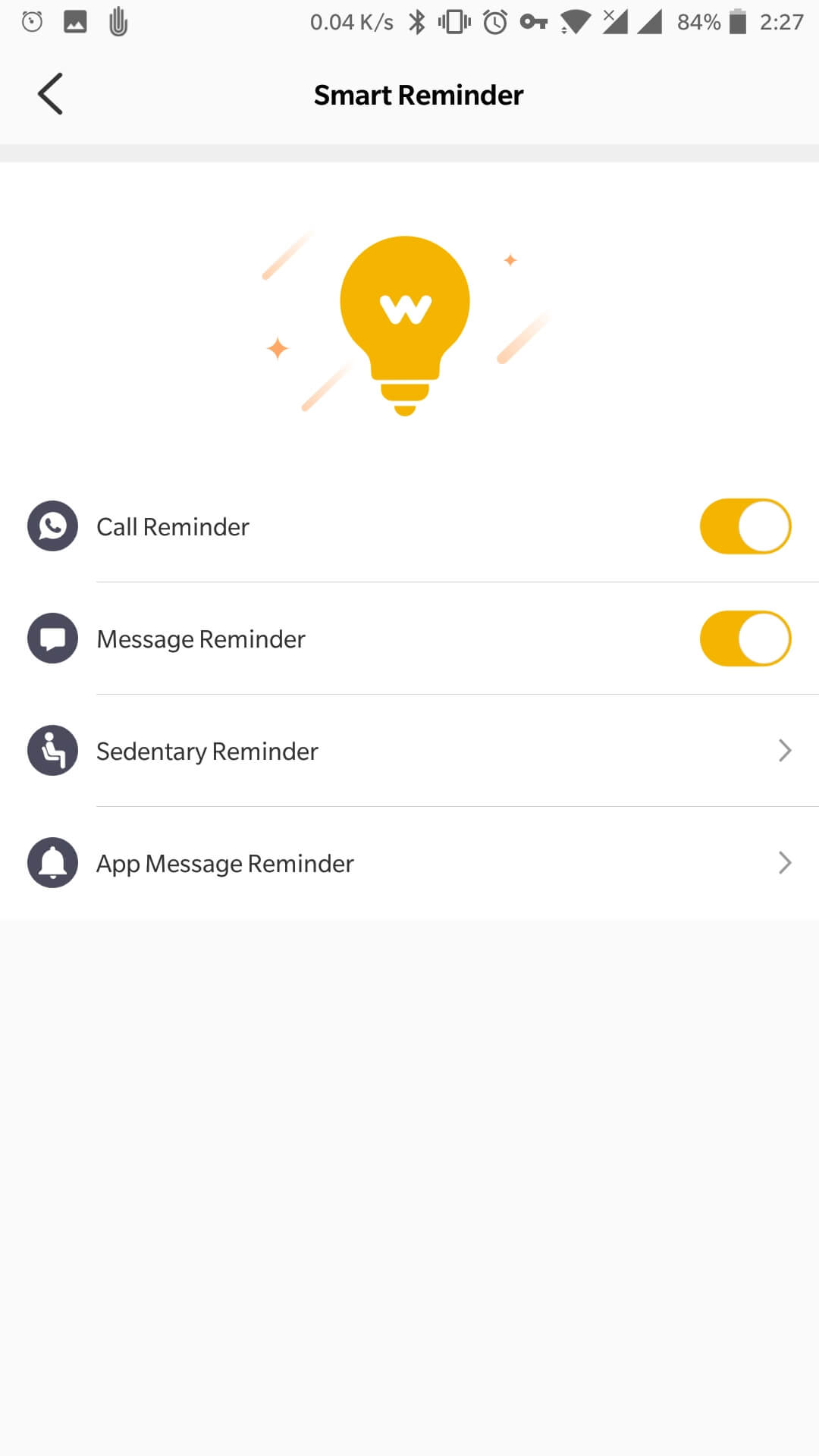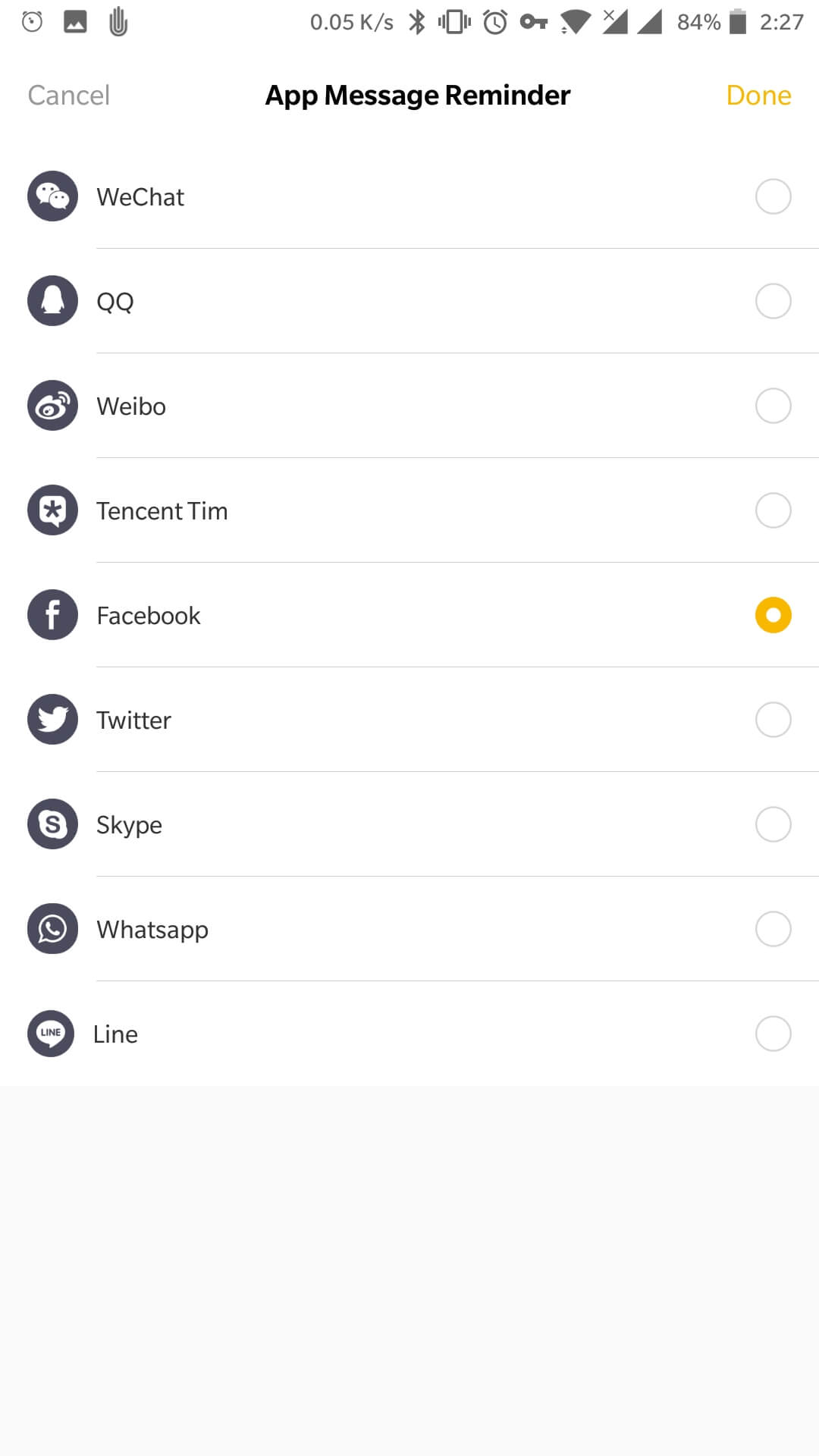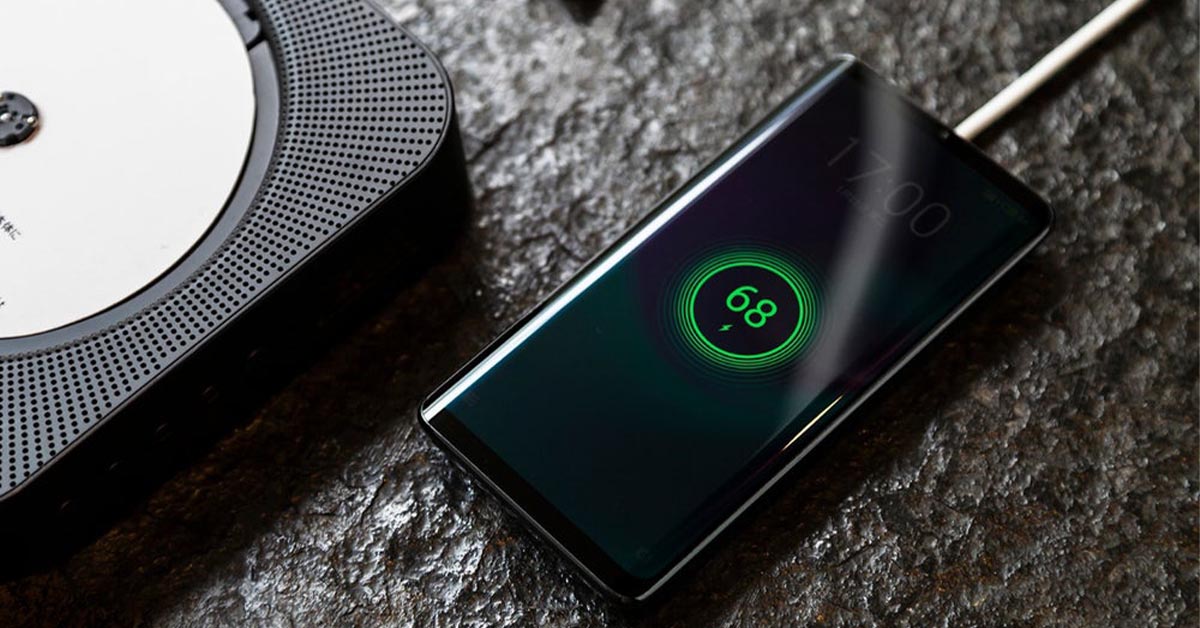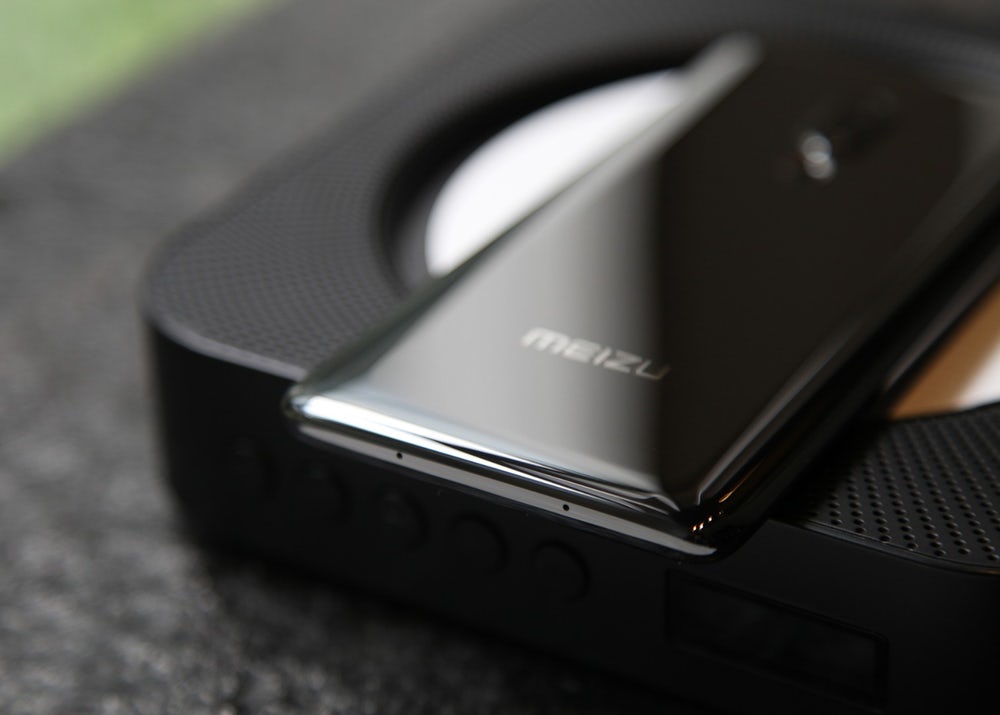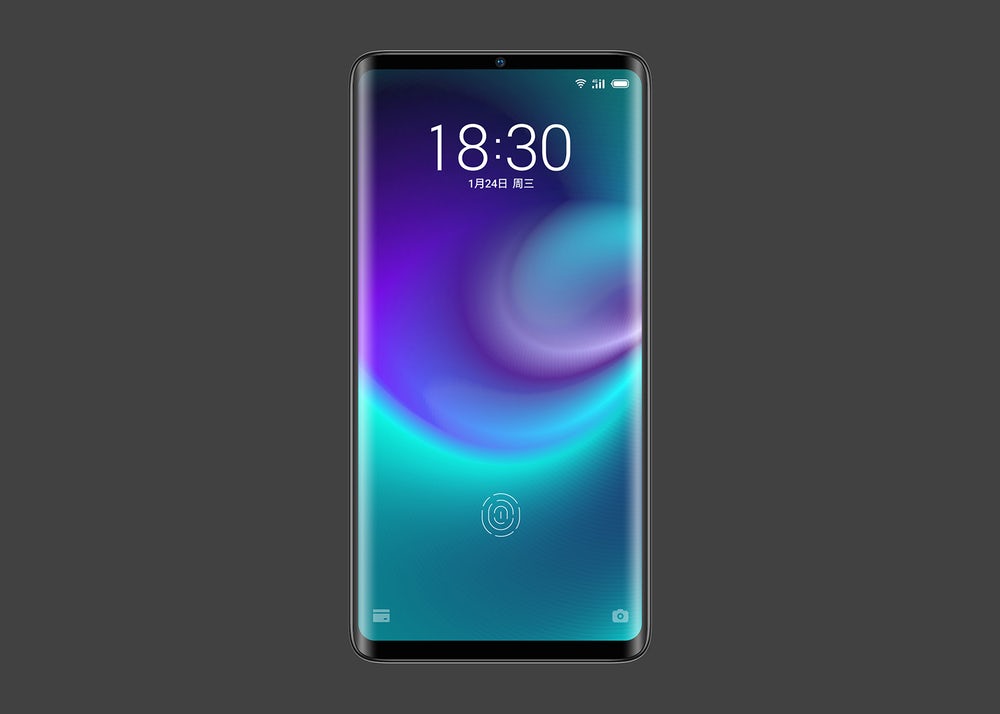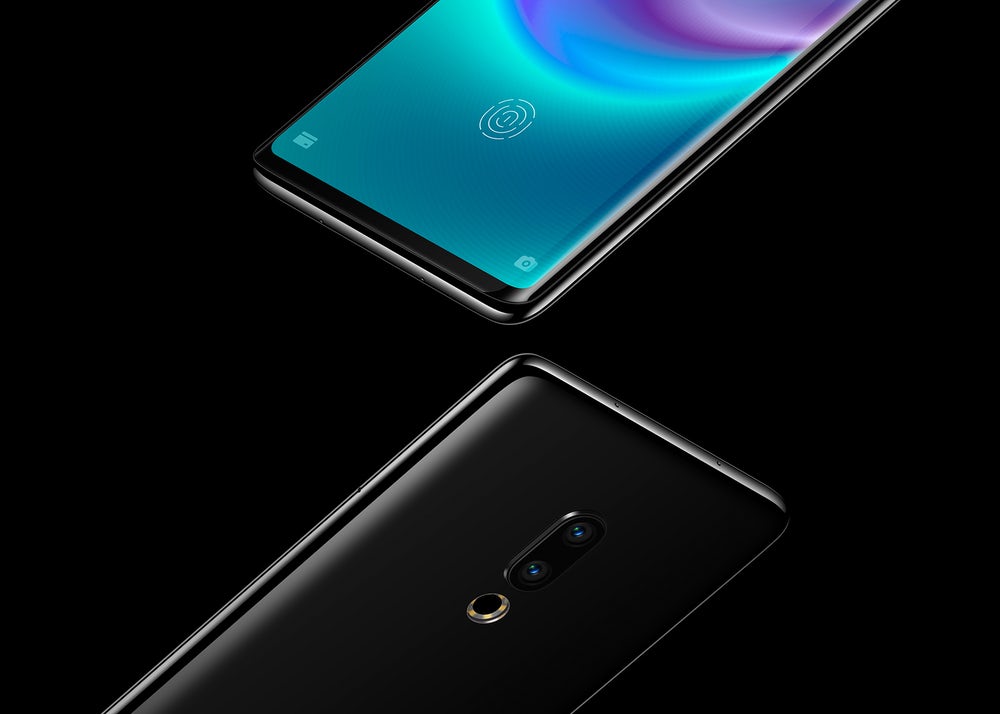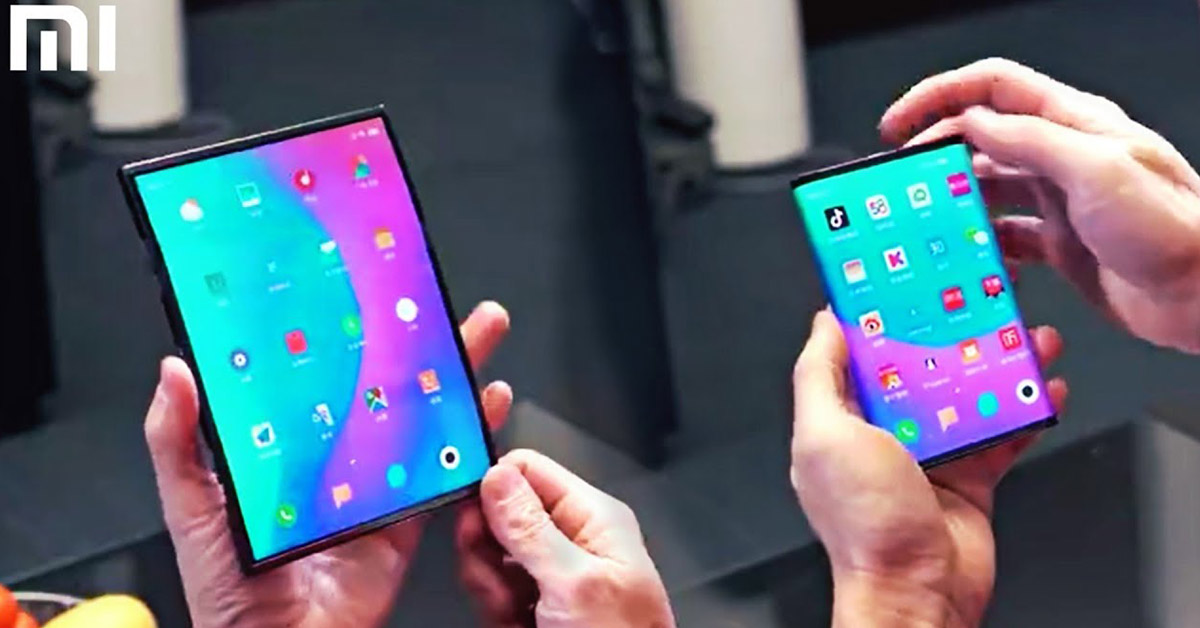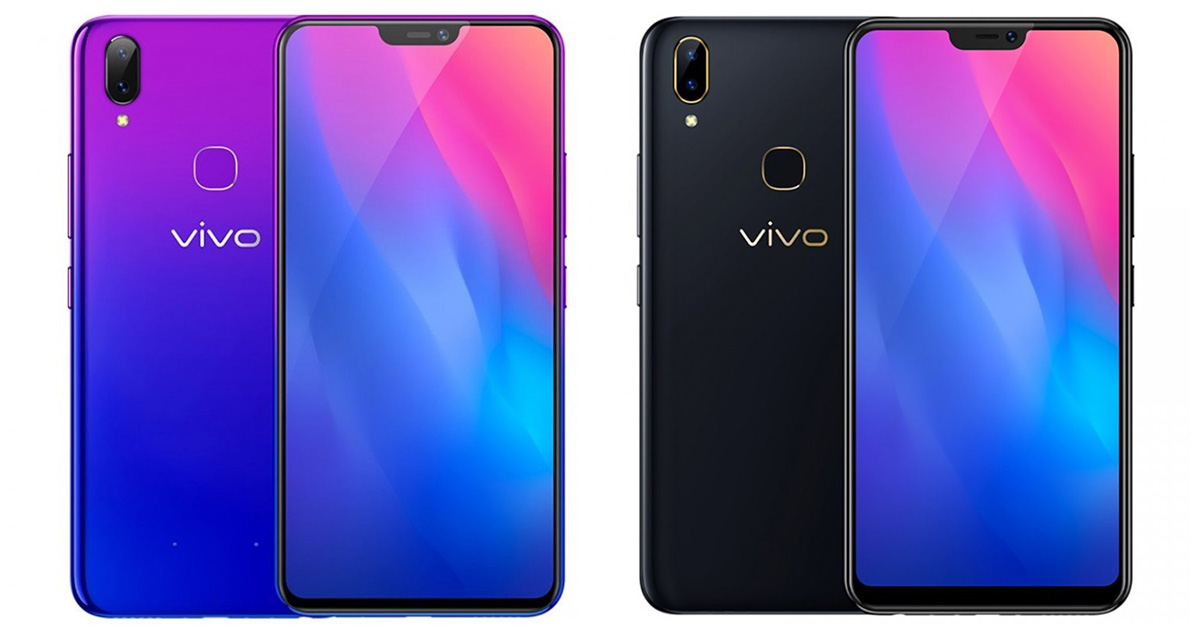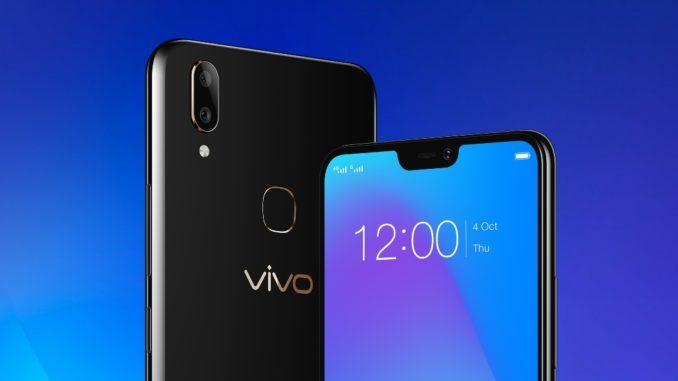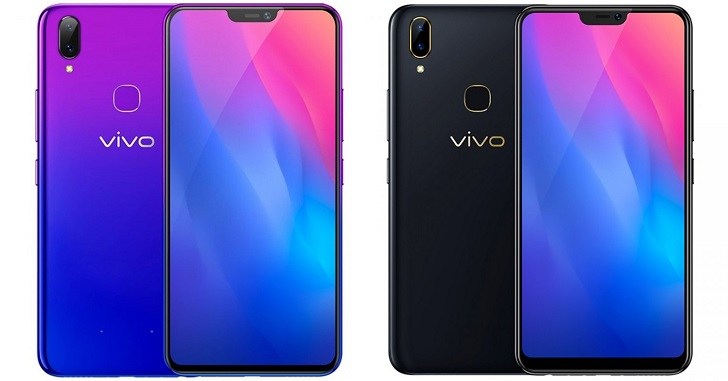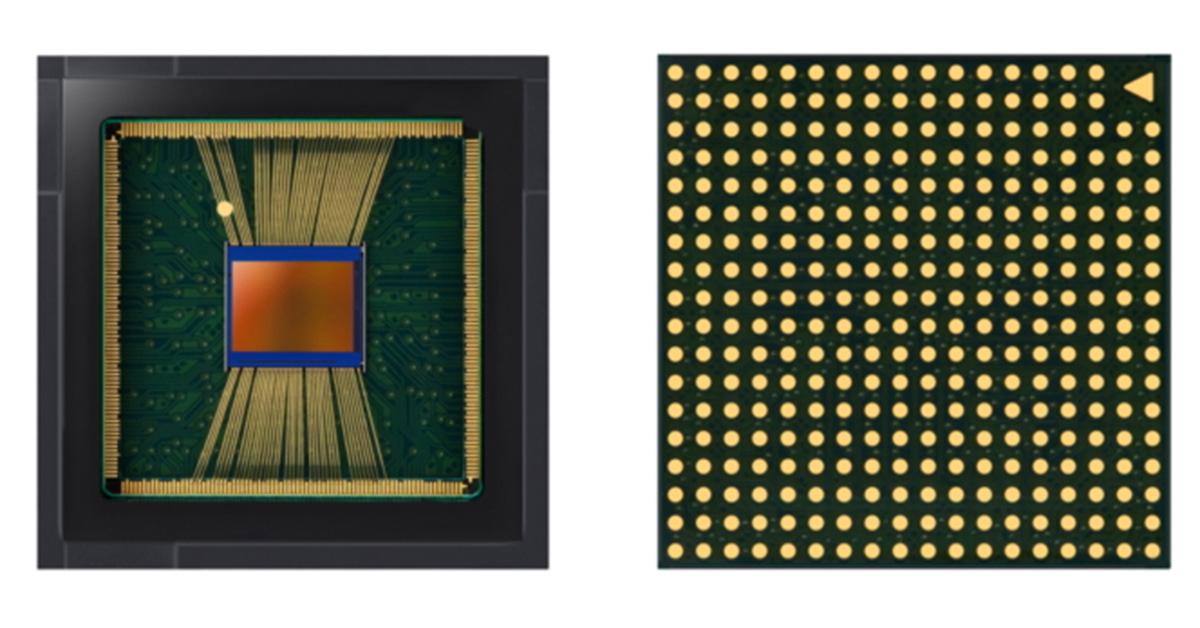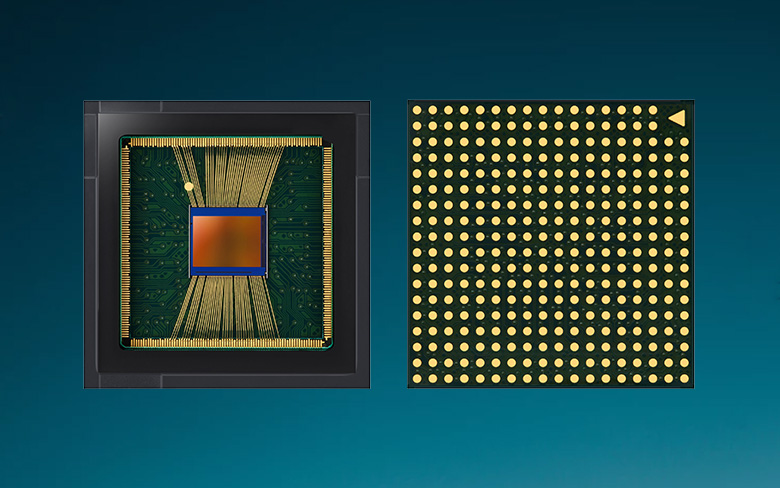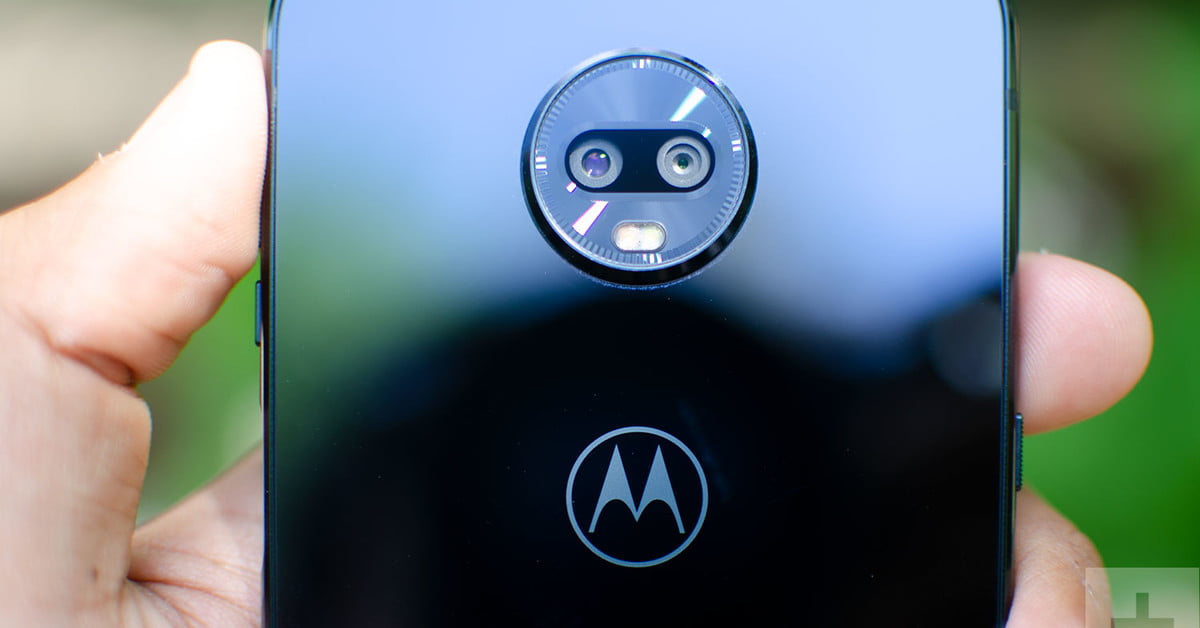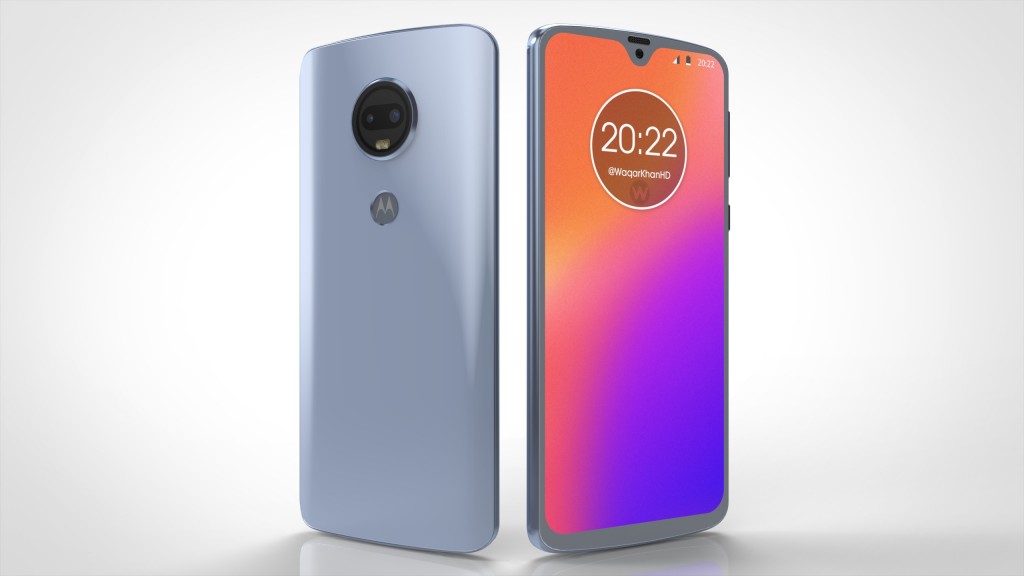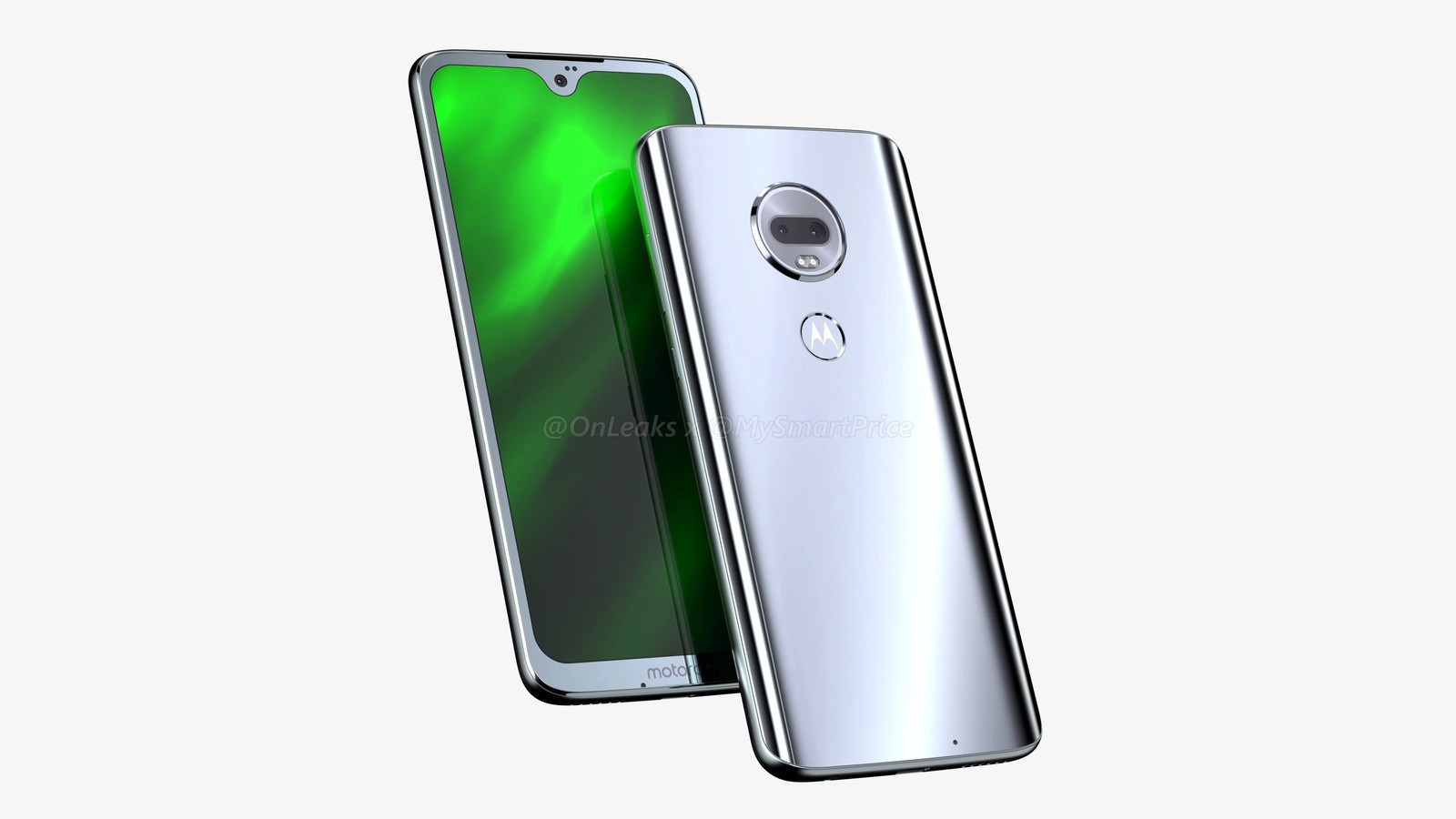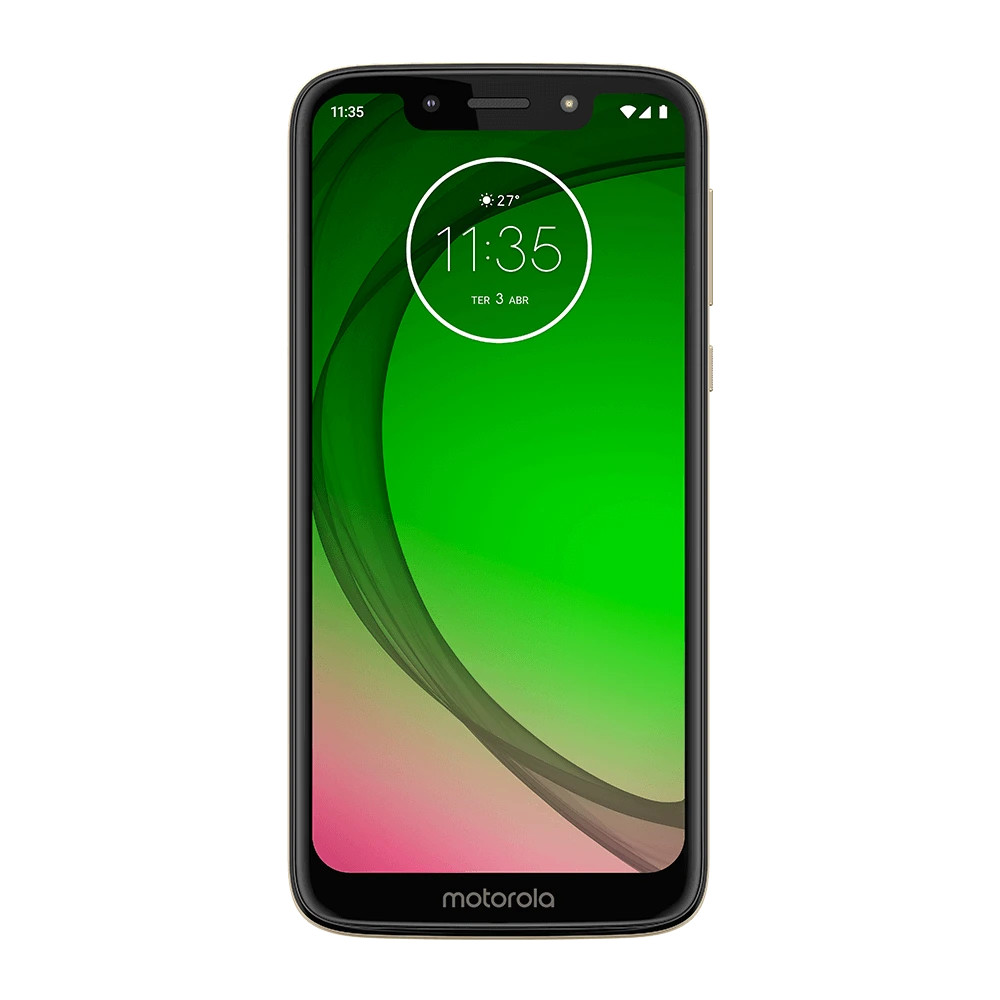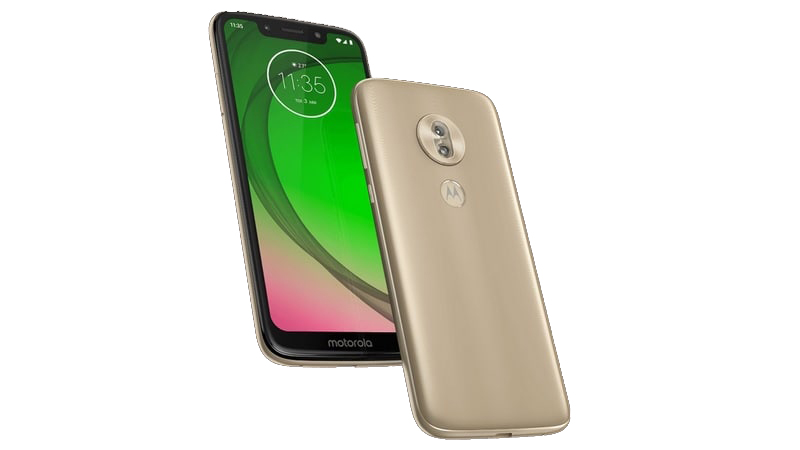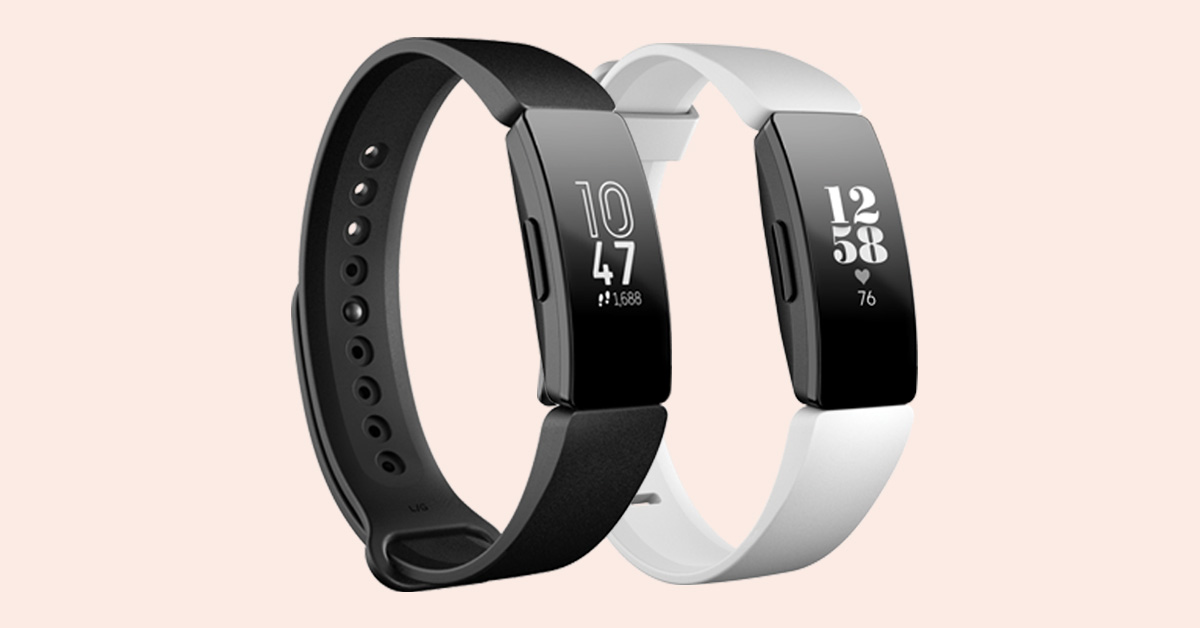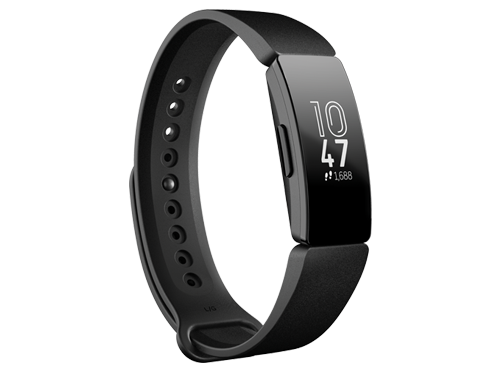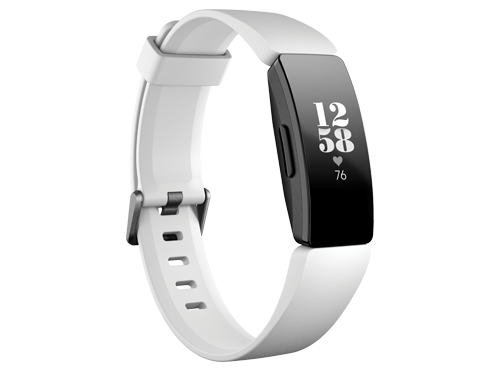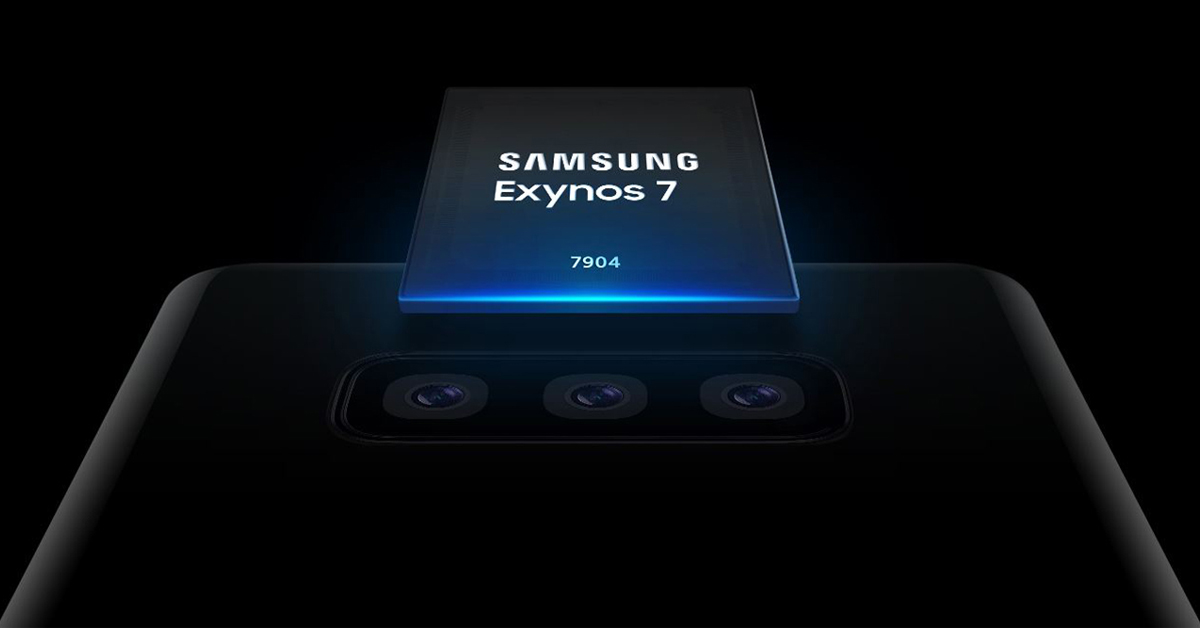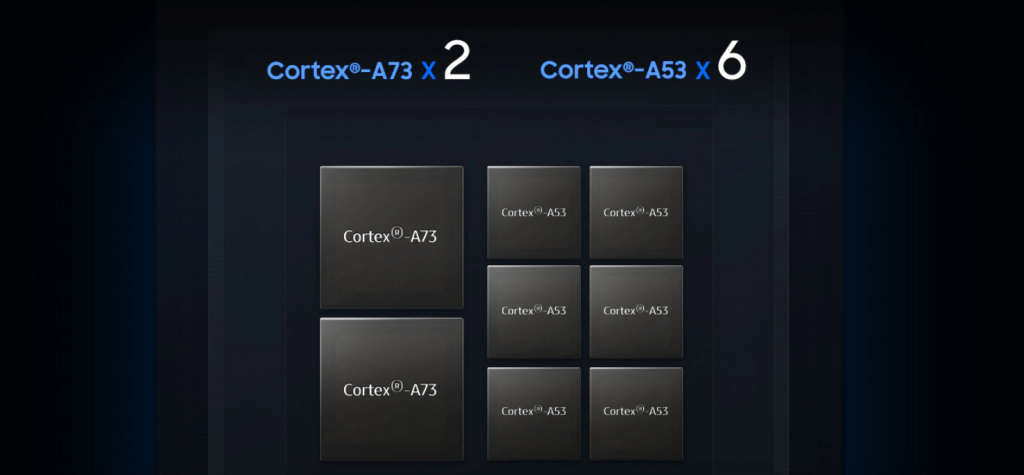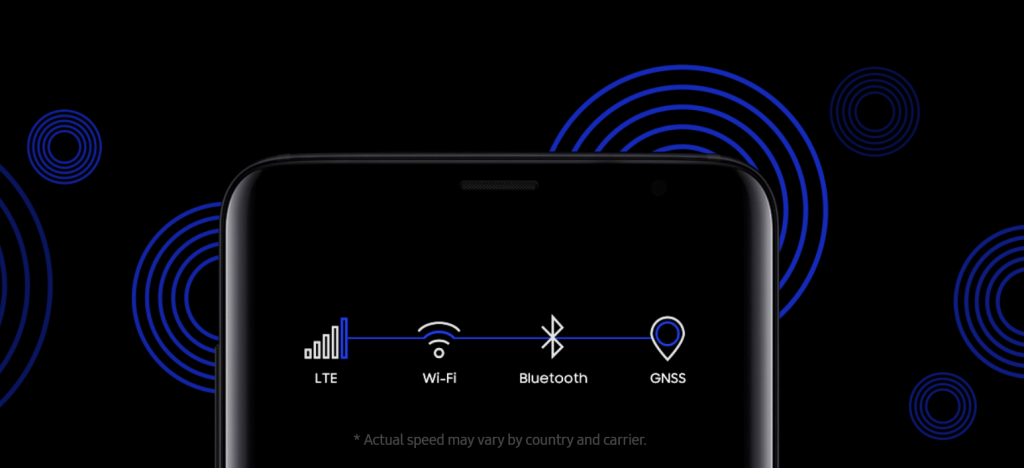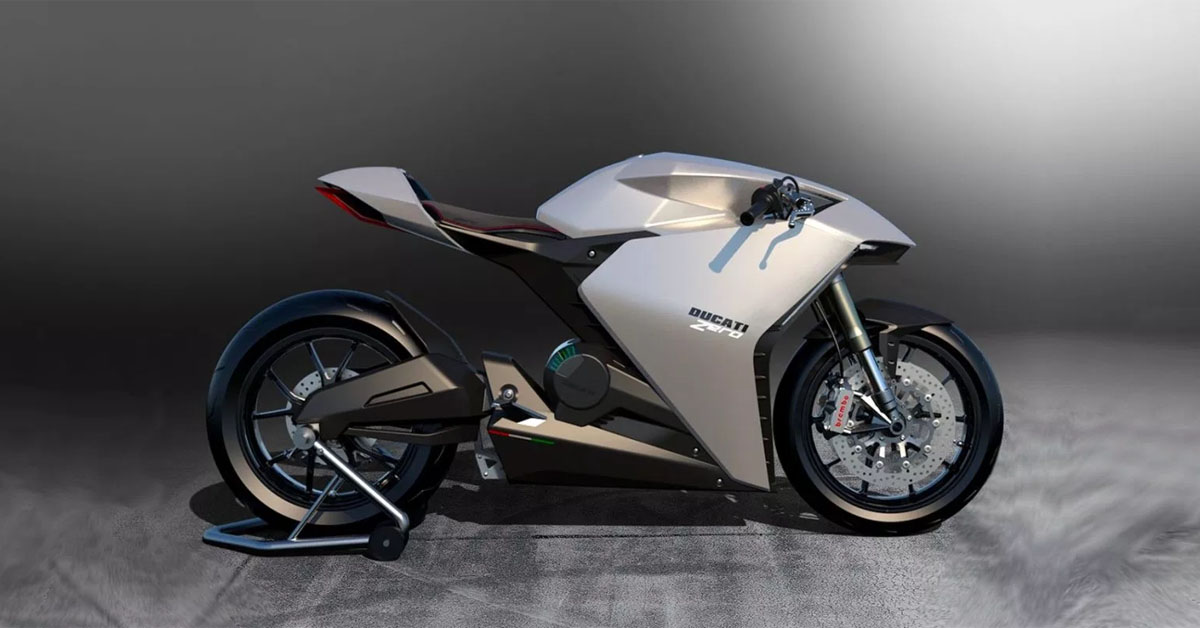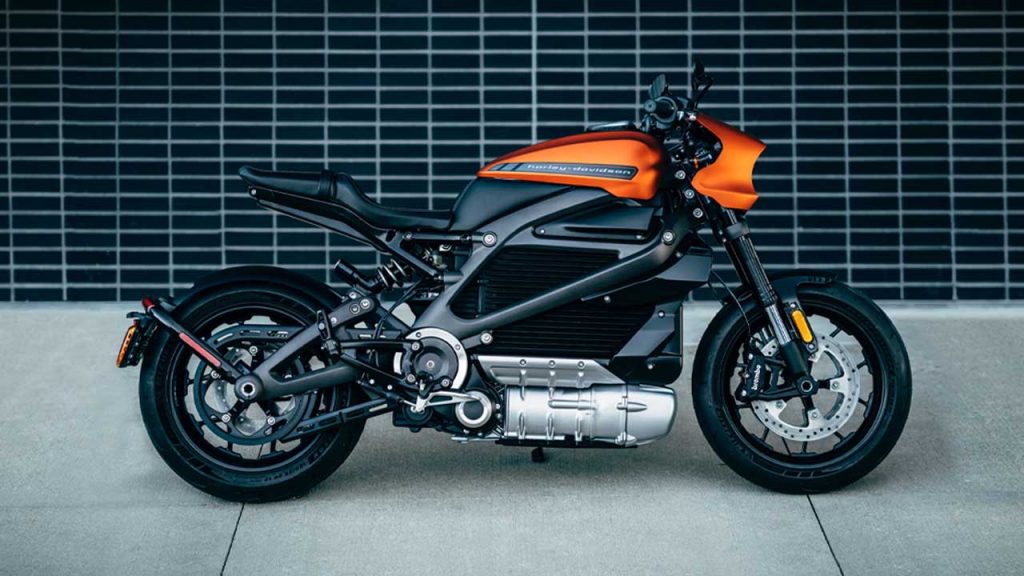When it comes to smartwatches, you either have to spend a lot of money on something with a ton of features that you don’t really use, or go for Fitbit for the very basics. And the problem with Fitbit it that they don’t look like a watch. And so, Lenovo brought the Watch X and the Watch X Plus, which is a considerable improvement over the Watch 9. But with all it packs, it is simply the very basics of a smartwatch that looks like a regular watch.
Lenovo Watch X Plus Specifications:
- Design: Round Medical Steel casing (stainless steel + zinc alloy), water-proof up to 80 meters
- Colors: Black, Sliver, Gold (Special Edition)
- Strap: Milan bracelet strap, Leather strap (special edition)
- Display: 42.5mm Sapphire Crystal Glass with OLED display inside
- Battery: 600 mAh battery
- Storage: No storage
- Sensors: Barometer, Pedometer, Heart Rate Monitor, Blood Pressure Sensor, Geomagnetic sensor, Gravity sensor
- Activity Trackers: Sleep, Walking, Running, Climbing, Swimming
- Features: Notification from certain apps, Calls and texts, Alarm, Remote Shutter
- Price: Rs.12000 ($98 international) / Rs. 14500 (Rose Gold Special Edition)
Design and Display
The Lenovo Watch X Plus is quite appealing in terms of looks. It looks like your regular wristwatch with its classic design. You can easily mistake it for a regular watch because it really looks like one. A Medical steel casing with Sapphire Crystal glass is what you get on this watch with a dial on the side.
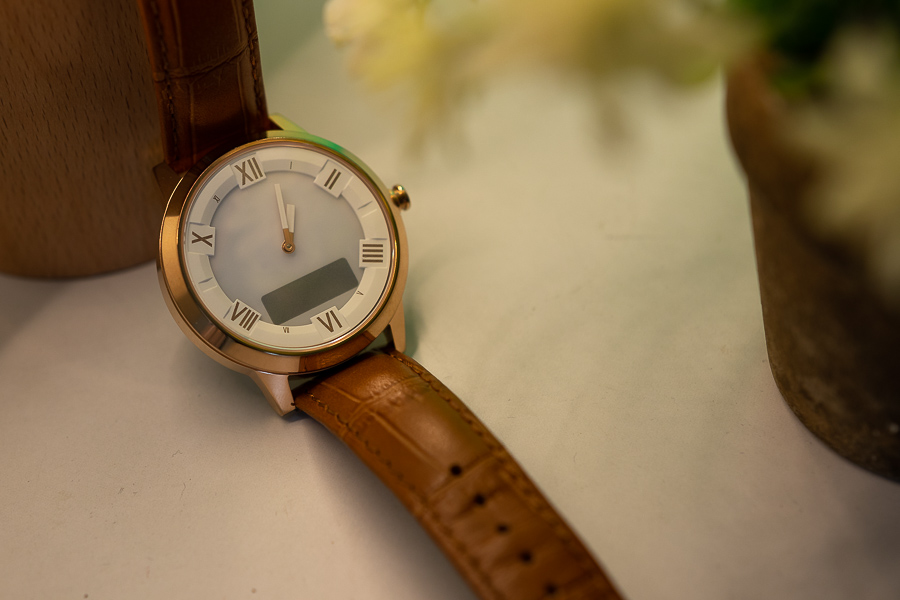
With Roman Numbering on the dial inside, it is your traditional wear except that you get a small rectangular display on the inside. And that’s the only thing that will clear your doubt that it is not an ordinary watch. You can navigate the features with the crown on the side, that acts as a button. The watch measures 42.5 mm and is about 12 mm thick. This watch is also waterproof up to 80 meters, which is a good feature to have in a budget smartwatch.
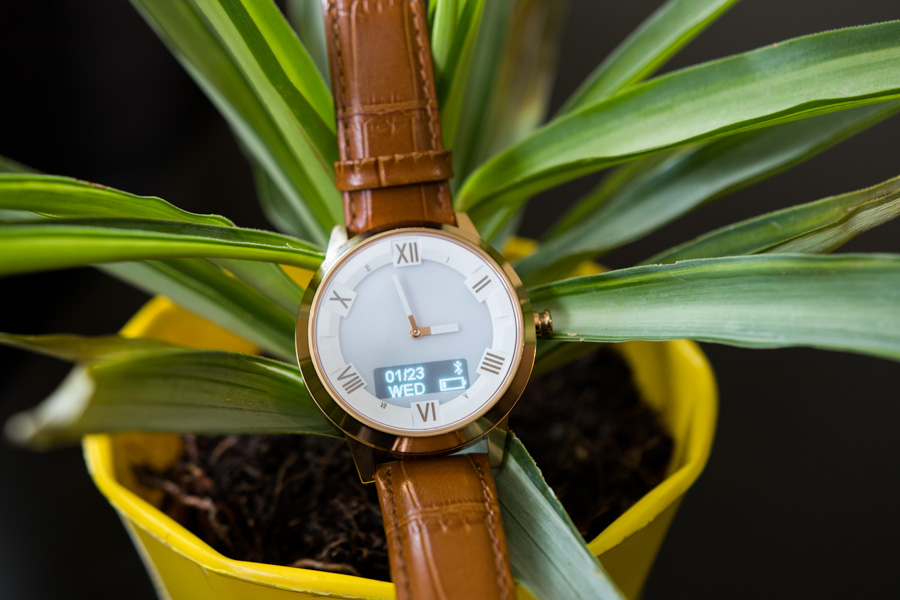
The watch is available in two variants – Black or Silver, and both of them have a Milan bracelet strap with magnetic closure. However, there is a special Gold version of the watch as well, with a leather strap, and I had the privilege of using that one. And I must say, that looks very classy on your wrist.
Battery
This is an aspect where most smartwatches tend to struggle. The likes of Samsung Galaxy Watch can only last for some 2-3 days, while the Huawei Watch GT has managed up to 15 days of battery life but that doesn’t pack as many features. This one can give you an impressive battery life of like 40 days. That, in part, is due to its large 600 mAh battery and the other part is because this watch doesn’t do all that much.
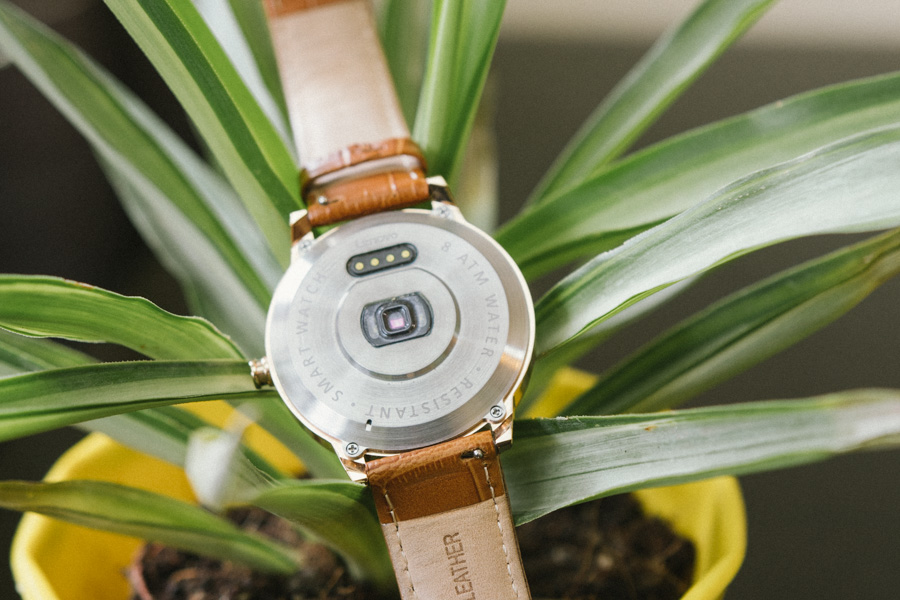
The watch does take some 2.5 hours to charge, but once you charge it, it lasts over a month. So, there is nothing to complain about. But you don’t have that traditional micro USB charger here. You get a magnetic connection on the charger, so, be careful not to lose it.
Performance
As aforementioned, the Lenovo Watch X Plus doesn’t do much. It has 6 sensors – barometer, pedometer, heart rate monitor, a blood pressure sensor, a geomagnetic sensor, and a gravity sensor. These sensors help in good fitness tracking for day to day activities.
For fitness tracking, the watch measures your sleep, walking, running, climbing, swimming, heart rate and blood pressure. But not all of them is that easy to use. Walking is tracked by default, and it also shows you the number of steps and calories burnt. But it does not save the record in the app for walking. However, it does for others and all of the data can be viewed on the Lenovo Watch app on your phone. It is also pretty easy to trick this smartwatch into thinking that you’re swimming. Just start the Swim activity on your watch, and move your hands around. And it will calculate your heart rate, the duration of the exercise and the number of strokes. So, some of it may not be very accurate.
For other activities like climbing and running, the tracker is pretty accurate. It calculates the duration, calories burnt, and heart rate during the activity too. However, these two activities can be done without wearing the watch as well, from the Lenovo Watch App itself. It works like any other fitness app on the phone, but I doubt the tracking will be as accurate. Just for the record, you can do it.
The watch sleep tracker seems pretty good too. Although it does not store your records for sleeping, you can view it on the watch itself each day. The sleep tracker tracks the amount of sleep, the time when you slept and the time when you got up. That’s pretty good for a sleep tracker even if it not may be as comprehensive.
Other functions include regular Alarms and Reminders. However, both of these are not as useful. The alarm has to be set from the phone app, and it can be pretty difficult to do so for first-time users as the UI can be a bit difficult to get used to. But, as for the alarm, the watch only vibrates for a very brief time, and it can be easy to miss. Reminders mean getting notifications on your wrist. It vibrates to let you know when you’re getting a call or a text. But getting notification from other apps are pretty limited. You can only choose from a preset of a handful of apps like Facebook, Twitter, Whatsapp, Skype and a bunch of other not so popular apps like WeChat and Line.
Some functions like Weather and Blood Pressure measuring do not work though, and it is more of the apps fault than the watch. But it will also remind you to move if you’ve been in the same position for too long!
But one interesting feature in this watch, which others miss out is the Remote Shutter. And if you don’t get it, the watch lets you take pictures from your phone. Meaning, if you want to take like a group selfie or something like that, you can set the phone down and make it take pictures with the Watch. Sure, it might not be very useful, but it can come in handy sometimes. And it is something so simple but other watches didn’t think to include that!
Navigating and Setup
Being a very basic smartwatch, it is a bit difficult to get around to all its features at first. You can only navigate using the crown. You press it once to switch between features and don’t press anything to get inside it. And if something is running, like your swimming workout, for example, you long-press the crown to make it stop. It can take a while to get used to. Having two buttons could have made things simpler, but you cannot expect a lot from such a smartwatch, so, it’s okay.
Setting up is another thing though. You have to download the Lenovo Watch App from the Play Store first. You can also do so by scanning the QR code on the paperwork in the box, but that’ll lead you to download the app with Chinese interface by default. The watch connects to your phone via Bluetooth and is turned on on the watch by default. It will also ask you to turn on your phone’s location. Then, you can scan for devices from the app, and when you see your watch, connect to it. The strange thing, however, is that your phone will not show the watch in connected devices.
Calibrating the time is pretty confusing. The dial and the digital screen shows two different times at the beginning. While the digital screen syncs automatically with the time on your phone, the same cannot be said for the dial. You have to select the Calibration app on your app, which will prompt you to enter the current time. But, you have to enter the time the dial is showing currently, not the time on your phone. This can be very confusing, but it is what it is.
Conclusion
The Watch X Plus, again, is a very basic smartwatch. It does not pack a lot of comprehensive features but then again, you get this for close to a $100. And for that price, it looks like a really classy time-piece on your wrist. And in Nepal, you can buy get it for about Rs.12000 – Rs.14000, depending on the color.
It has all the characteristics of your regular classic wristwatch – sapphire crystal glass medical steel case with an optional leather strap. And it does all the things a normal person would want. This may not be suitable for body builders or extreme fitness enthusiasts, or, if you want cutting edge tech on your wrist, but for the normal layman – it has a good amount of features. It is safe to say that it is a Fitbit, but one that looks like a classy watch, and does not cost a lot of money. Plus, you don’t have to charge it every other night. And this is something you can wear on all occasions – formal parties or any type of casual wear.
Granted that some features don’t work all that well, but for the price, I’m willing to let that slide. Mostly, because it has that elegant look that most smartwatches fall short of, and it doesn’t cost as much as a luxury item.


